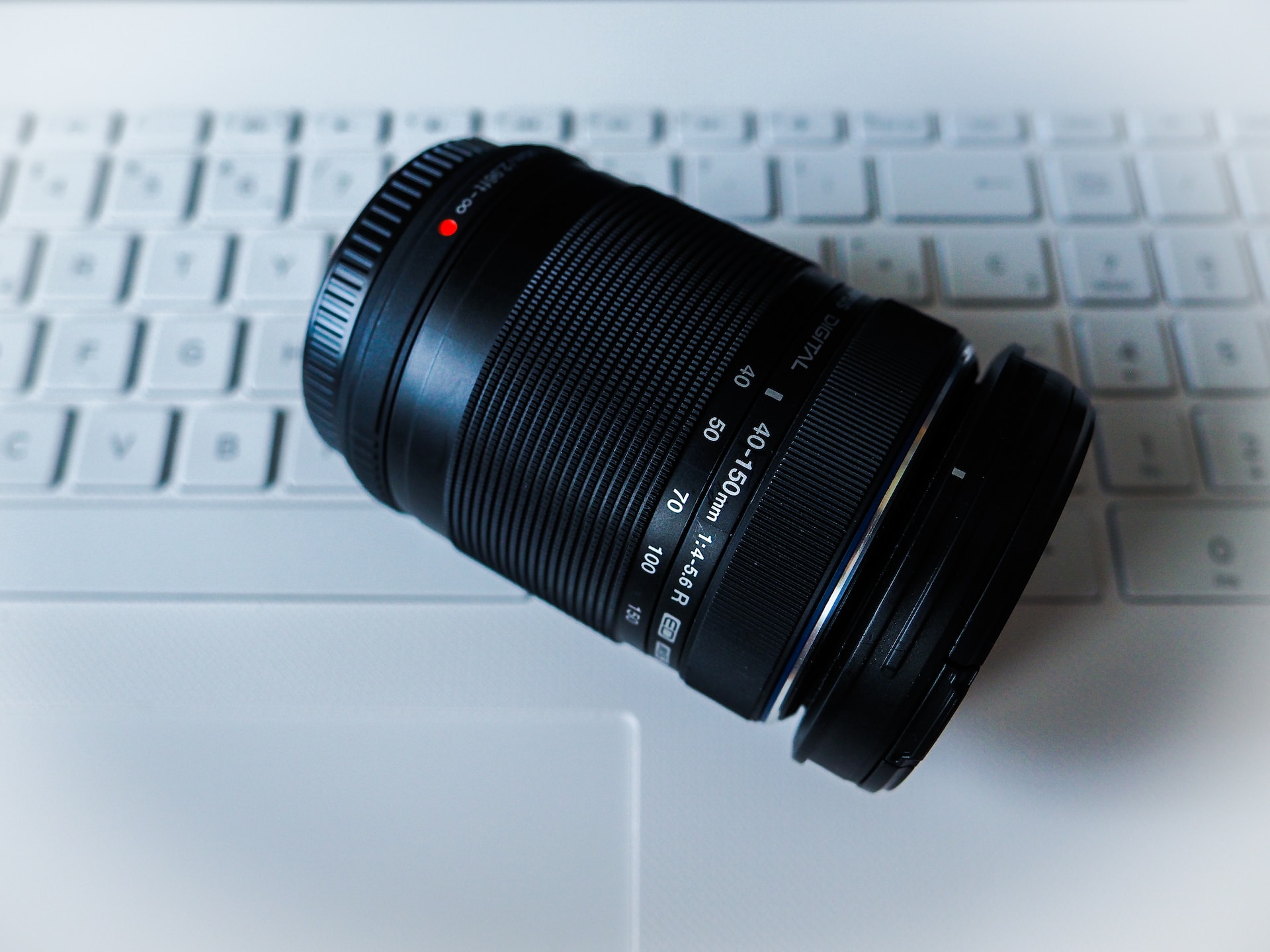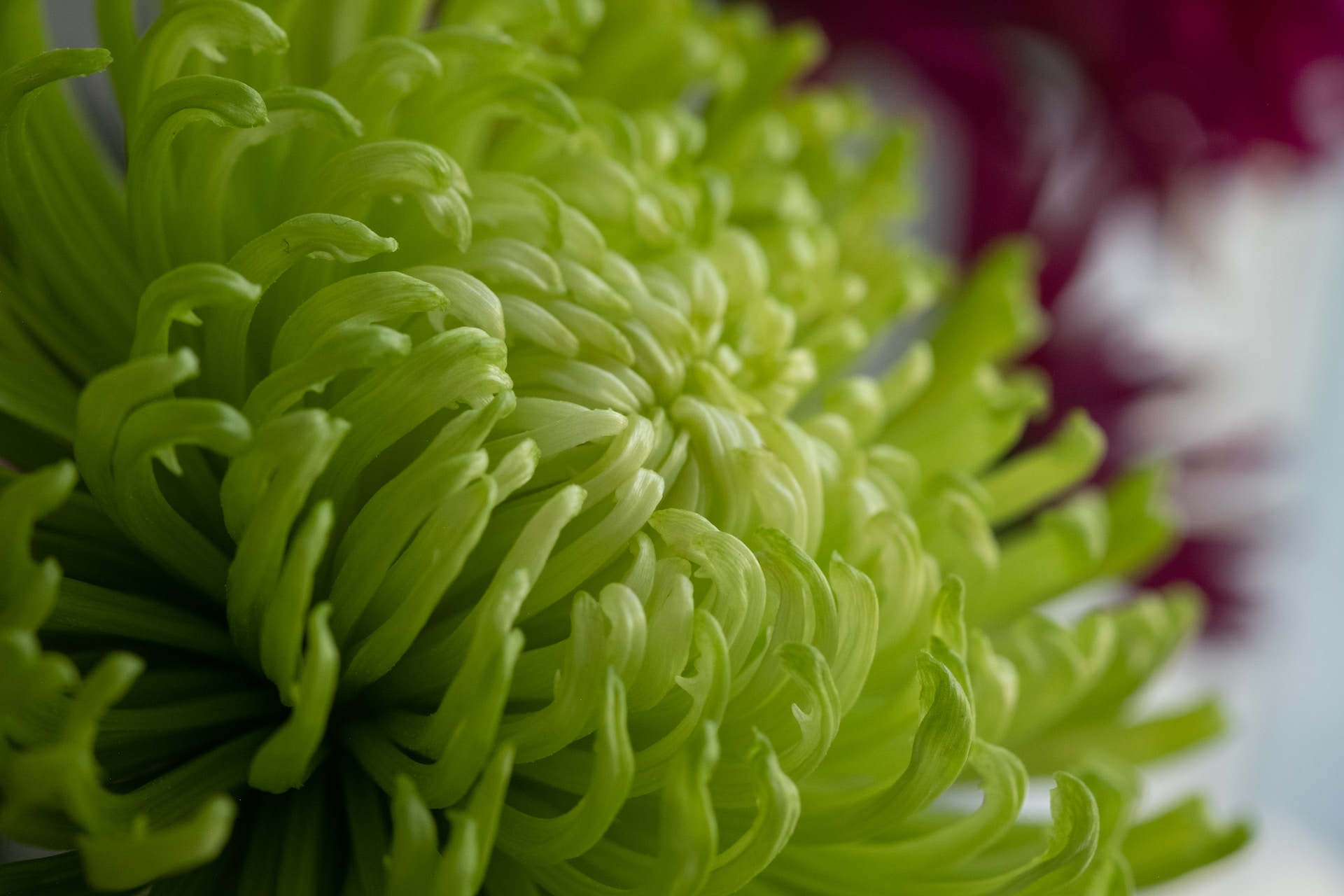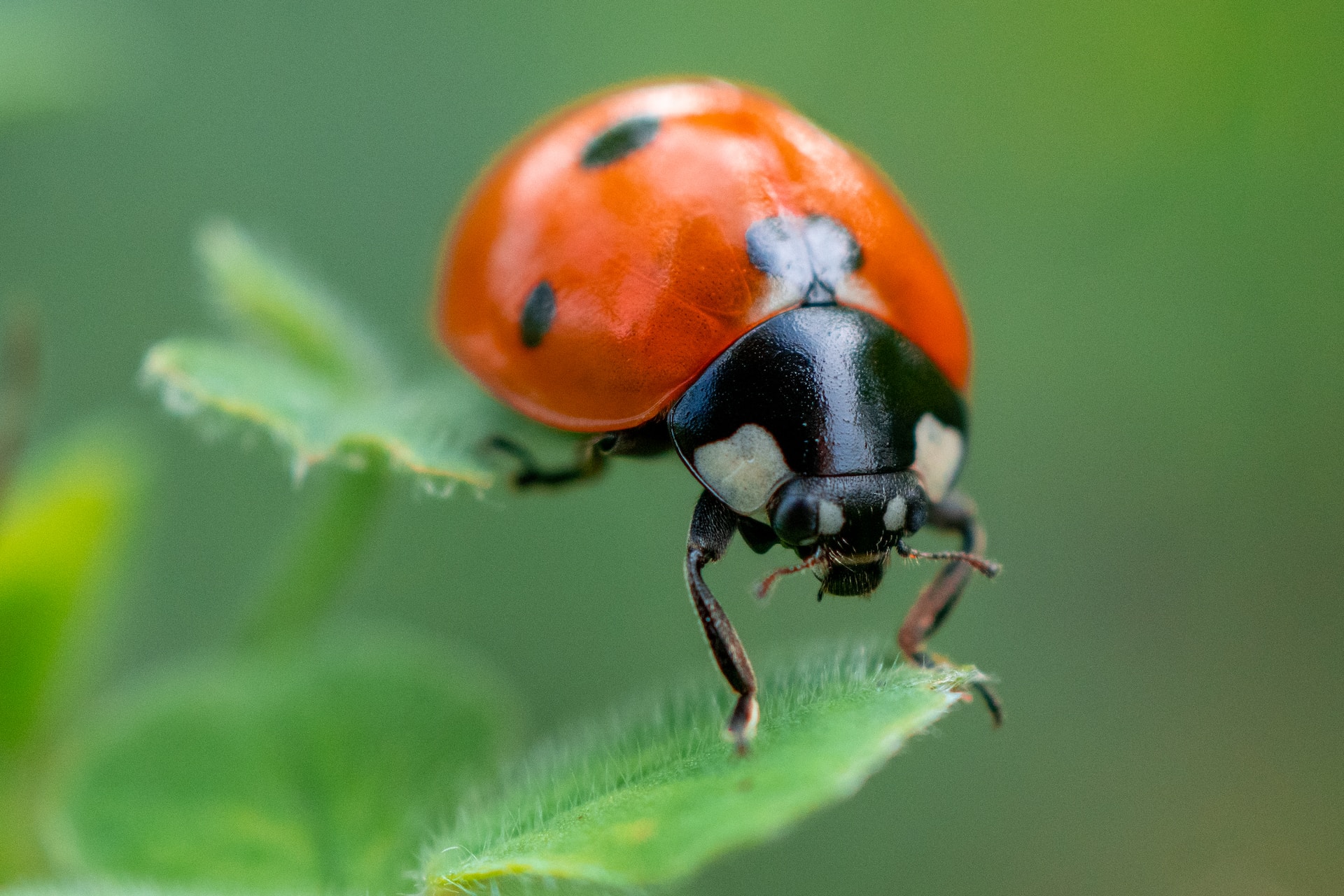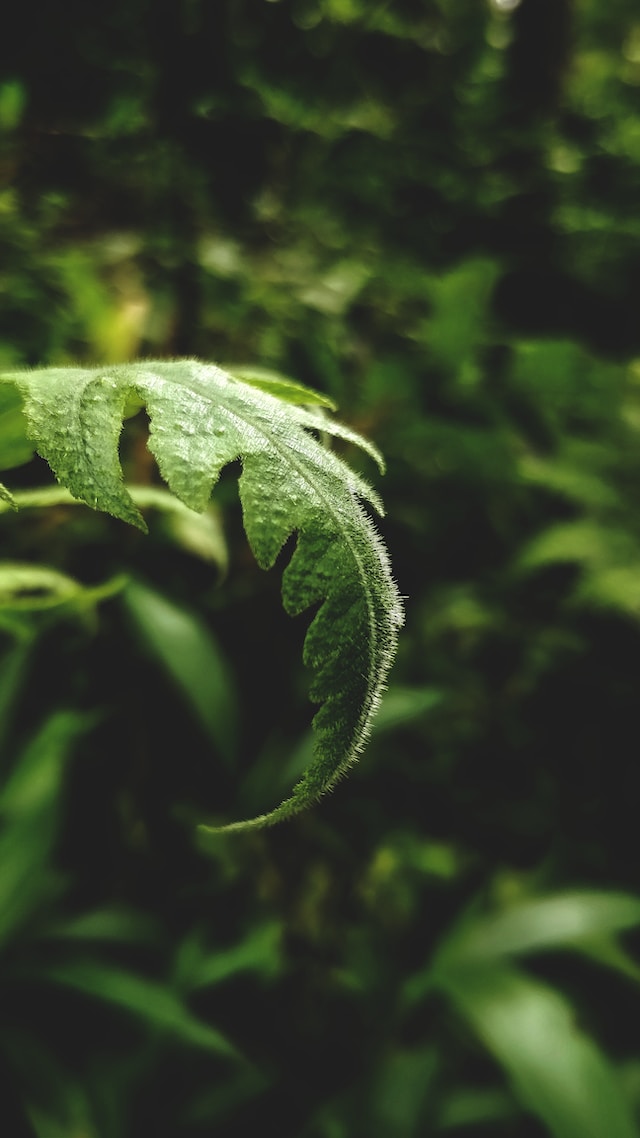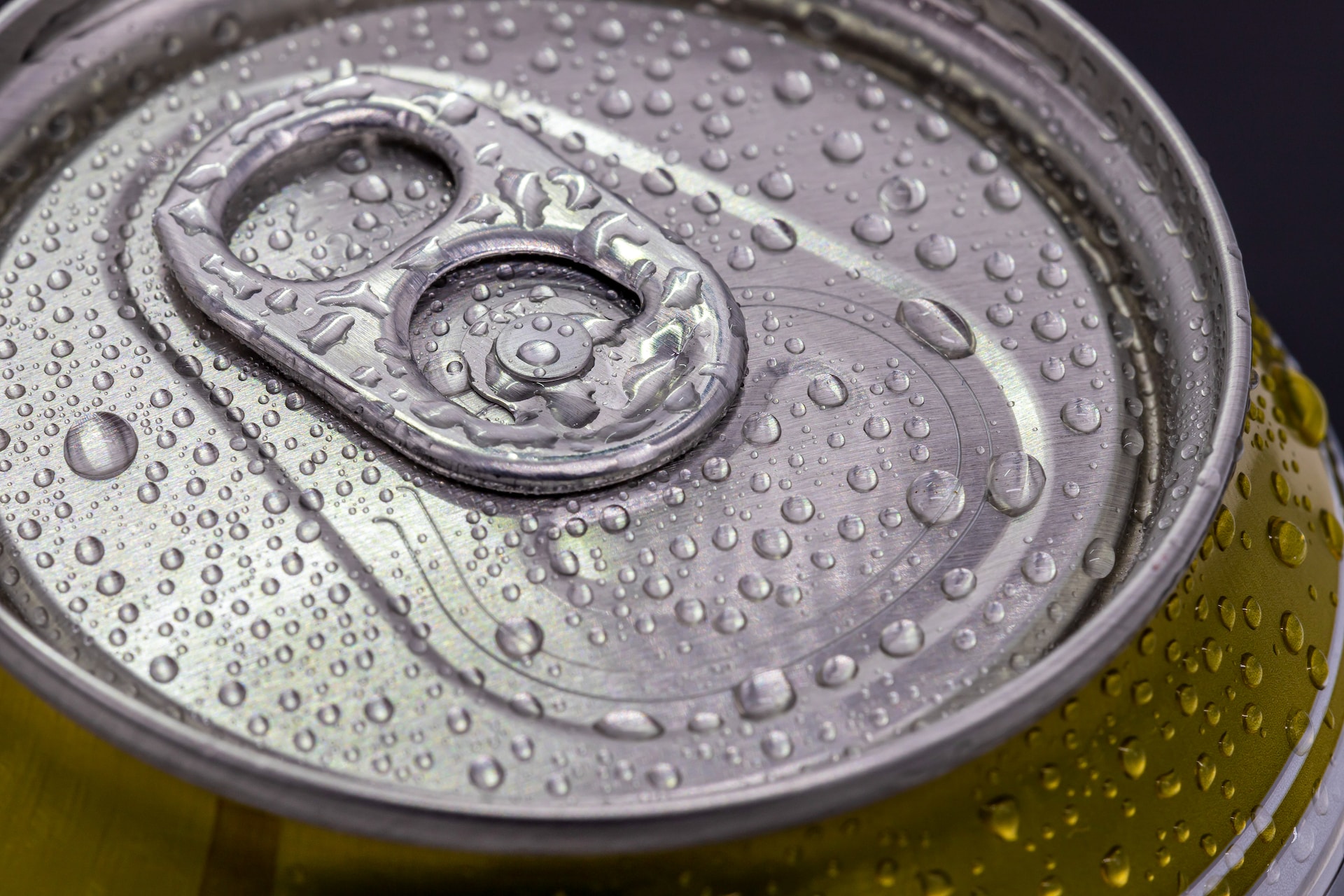Introduction
The beautiful field of photography known as macro photography encourages us to look deeper into the tiny and intricate details of the world that surrounds us, which are frequently disregarded. Within the realm of this fascinating field of study, the camera assumes the role of an instrument that can unearth the marvels that lie dormant within the minute. It enables us to explore a microcosm in which even the most commonplace objects reveal a beguiling complexity, revealing a world of textures, patterns, and structures that are invisible to the naked eye.
The subjects of macro photography are as varied as they are fascinating, ranging from the intricate veins of a leaf to the iridescent scales of an insect. This type of photography allows the photographer to get very close to the object being photographed. During this journey through the subjects of macro photography, we will delve into the art of capturing the extraordinary in the ordinary and discover the beauty that exists within the tiniest of details. This will be an exciting and eye-opening experience.
What is the Importance of Macro Photography to Subjects?
Through the use of macro photography, we can study and appreciate the intricate details and beauty of subjects that are typically ignored. It reveals textures, patterns, and colors that one might not have otherwise noticed, thus illuminating a world that was previously concealed. A more profound connection with and comprehension of the natural world can be developed through the practice of macro photography, in which the subject matter is magnified to an unprecedented degree. This close-up viewpoint instills in us a sense of awe and reverence for everything, from the most minute organisms to the most insignificant of artifacts and encourages us to marvel at the complexity of life.
Common Subjects for Macro Photography
Macro photography frequently captures subjects within the domain of the natural world. Flowers and plants, renowned for their exquisite petals and intricate anatomical features, are widely favored selections. Insects, such as butterflies, bees, and ants, exhibit a plethora of intricate characteristics, ranging from the structure of their wings to the complexity of their visual organs. Water droplets, whether present on the surfaces of leaves or spiderwebs, exhibit a visually captivating interplay of light and refraction. Tiny organisms such as spiders, ladybugs, and caterpillars offer a glimpse into a realm of diminutive marvels. Minerals and gemstones provide insights into a concealed realm characterized by intricate crystalline structures and vivid hues. Everyday items such as coins, textiles, and jewelry possess the potential to undergo a metamorphosis into abstract artistic creations when observed from an individual’s eye, with its intricate iris and reflections, can be a captivating subject. The said prevalent subjects for macro photography offer boundless prospects for study and ingenuity.
Insects and Small Animals
- Macro photography can transport us into the hidden world of insects and bugs, revealing details that we would otherwise never be able to see. This can range from portraits of spiders with multiple eyes to the stunning iridescence of the wings of dragonflies.
- Exploring this world is not an easy task, but by far the most difficult obstacle you will face is working with a living subject that is constantly moving. You can’t ask a bee to stay still while you adjust the settings on your camera, so this will be your greatest challenge. This indicates that you need to be prepared right from the start, with your white balance adjusted and your exposure properly calibrated. Your choice of shutter speed is important because you are working with subjects that could potentially move, and typically, faster speeds are preferable in situations like these. At the same time, you need to make sure that you have adequate depth of field, which typically means closing the aperture (depending on what you’re photographing, f/11 might be the widest that you want to go).
- Putting your camera into Manual mode and leaving the ISO in its default setting of Auto is a strategy that will serve you well in this situation. In this manner, you will be able to select the shutter speed and aperture that you desire (1/60 of a second and f/8 is a good starting point for most situations), and the camera will determine the ISO for you. On the other hand, if there is not a lot of light around, this could mean that you end up shooting at an extremely high ISO, which results in noisy images. Because of this, many people who specialize in photographing insects use macro flash units. These items enable the user to use a rapid shutter speed, a narrow aperture, and a low ISO, which is the ideal combination.
- When dealing with a moving subject, achieving your ideal exposure is only one part of the battle. You will quickly discover that focusing is also far from easy, which adds another layer of difficulty to the situation. Focusing manually can sometimes be more effective than using the autofocus feature, which may sound counterintuitive to some. However, rather than turning the focusing ring to focus on your subject, you should first pre-focus your lens at a distance that will give you the desired magnification, and then manually move your camera in a back-and-forth motion to bring your subject into focus. For instance, if you set your focus to 45 centimeters, all you need to do is move yourself to the appropriate distance from the subject of your photograph. If you are going to use this method, you should hold the camera in your hand for the best results. If you are going to use this method, you should also activate any lens- or camera-based stabilization to help prevent camera shake.
- You could also place your camera on a tripod, pre-focus it on a specific flower or leaf, and then play the waiting game. This method is useful for capturing images of bees and other insects that are collecting pollen, ants that are following a particular path, or any other subject that tends to frequent a particular location; all you need to do is set up your camera and wait for them to enter the frame.
- In addition to having essential camera skills, it can also be helpful to carefully select the time of day during which you take pictures of insects outside. For instance, the majority of insects are less active in the early morning hours, before the sun has a chance to warm them up. You will have a much easier time photographing sleepy dragonflies in the early morning hours if you go out to look for them rather than trying to capture images of them while they are active during the day. The same is true for various other kinds of insects.
- Do not, under any circumstances, give in to the temptation of attempting to move your subject, even if they may be more receptive to being the subject of a photograph. There is a possibility that your photograph could benefit from a “better” setting, but you should try to stay clear of any interference. It is not unheard of for photographers to deliberately kill or freeze their potential subjects to pose them for the “best” photograph. Everyone has the right to their own opinion on this, but before you voice yours, ask yourself this: would you kill an animal just to take a photograph of it? Even though the vast majority of insects are quite small, this does not in any way diminish their significance in comparison to larger living wildlife subjects.
Plants and Flowers
- Small veins that run through their petals, the teeny-tiny hairs that cover their stems, and the individual grains of pollen are just some of the intricate details that become visible when one examines flowers more closely. Because of this, they are an excellent subject for you to explore in close-up or macro photography with your camera, whether you are doing so indoors or outdoors.
- There are many benefits to be gained from taking pictures of flowers inside. You can have complete control over the lighting, for one thing, and you won’t have to worry about your subject moving around when there is a breeze (although you should still be careful to avoid drafts). On a cloudy day, placing the flower or flowers of your choice next to a window is the simplest thing you can do here. This will provide you with a large source of soft light that will prevent the formation of harsh shadows while still allowing for some control over the direction in which the light is cast; scraps of white or silver cardstock make excellent reflectors in this context.
- It is also the ideal time to begin experimenting with flash photography; for example, you could replace the light from the window with the light from a flash, and then use a reflector or an additional flash to fill in the shadows. You will be able to work with faster shutter speeds, reducing the risk of blur-causing camera or subject movement, while maintaining a relatively small aperture if you use flash. However, you should keep in mind that if you go too small, your images may become softer due to diffraction.
- In addition, you can reap the benefits of motion-freezing shutter speeds by making use of the flash when you take pictures of wildflowers growing outside. It is a good idea to consider using the flash. If you aim the flash directly at your subject, the light may be too “hard” and cause shadows to form; one solution is to aim the flash away from your subject and bounce the light back off of a piece of white card. Another solution is to aim the flash in the opposite direction and use a sheet of greaseproof paper as a diffuser. You can quickly soften any harsh shadows by placing a reflector on the opposite side of your subject from where the flash is positioned.
- If you would rather work with natural light, the best time of day for flower photography is on a day with overcast skies because this type of light is diffuse and wraps around the subject, but you can also use a diffuser of some kind if the day is particularly bright. However, you need to be aware of any slight breeze that might create motion blur and be prepared to shield your subject; slight movement is the number one cause of blurry flower photographs taken outside. If you consider your subject, you should be able to avoid this problem.
- It’s possible that all you need is something as simple as a reflector, which has the added benefit of allowing you to fill in the shadows at the same time. Just make sure the reflector is held securely so that it doesn’t topple over onto your subject. If there isn’t a lot of wind, a reflector might be all you need.
- When the weather is moderately windy, a lightweight tent serves as a more comprehensive shelter option. Light tents are typically constructed from a diffusion material of some kind, which is then attached to a framework that is both lightweight and portable. There is no shortage of commercial light tents to choose from; however, the vast majority of these tents are intended for studio use and feature a ‘floor’ that is permanently installed. Do not let this deter you, however, as it is often simple enough to use scissors or a craft knife to create a ‘bottomless’ tent that you can place over your floral subjects to protect them from the elements. Alternately, you could search for a light tent that has an opening at the top in addition to a front opening, and then simply invert it. In either scenario, you need to secure the tent with some kind of weight to prevent it from flying away.
- Although using a light tent to shield your subject is a great idea, there is one big drawback to this method: unless you add a piece of colored card or something similar, or if you modify your tent even further, replace the white “wall” with something transparent, you will usually be stuck using the white interior of the tent as your background. But, you might want to start considering building your custom tent if you reach that point.
Everyday Objects
- Because of the hectic nature of our daily lives, we frequently fail to recognize the beauty that is concealed within the seemingly insignificant things that are all around us. However, when viewed through the lens of a macro photographer, a whole new world unfolds before the viewer’s eyes, revealing intricate details, hidden patterns, and mesmerizing textures that might otherwise go unnoticed.
- Take the example of a regular coin, for instance. At first glance, it appears to be nothing more than currency or a means of exchange. But when viewed through a macro lens, it takes on the appearance of a miniature landscape, complete with ridges and engravings that tell stories about the past and the culture of the area. Every blemish and scrape on an object, as well as the degree to which it has been used and handled, tells a different but equally important chapter in its history.
- When viewed in macro, textiles, which are the fabrics that we use to clothe ourselves daily, transform into vibrant tapestries of color and texture. The patterns that form the fabrics that we wear and use in our daily lives are created when fibers weave together in a way that creates a symphony of threads rather than just a single pattern. The warp and the weft each tell a different story about the craftsmanship and artistry that went into making the fabric, as well as the cultures and traditions that were passed down from generation to generation.
- When viewed through the magnification of a macro lens, jewelry, which is frequently cherished for its aesthetic appeal, takes on an entirely new dimension. Gemstones have incredibly detailed facets, each of which is its universe of reflections and refractions of light. The ability of the craftsman to create metalwork, with its soldered joints and delicate engravings, becomes a testament to the craftsman’s skill and artistry.
- In addition, there exist typical instruments that are frequently overlooked or undervalued. Upon close examination, a basic key, such as the one mentioned, surpasses its utilitarian function. The dental features of the key, encompassing every groove and incision, serve as a testament to the meticulousness of its design and construction. These objects exhibit distinctive imprints resulting from numerous rotations within locking mechanisms, with each mark representing a narrative about both safeguarding and entry.
- Even something as ordinary as a kitchen sponge can be transformed into a topography of nooks and crannies, a terrain of absorbing cells and porous structures. Its surface, which at first glance appears to be uniform, actually reveals a complex network of textured patterns, each of which is designed to fulfill a particular function.
- Within the realm of macro photography, an everyday object such as a paperclip can be transformed into an abstract sculpture by how its curves and bends take on an almost otherworldly quality. The purely practical function that it performs is momentarily obscured by the newly discovered aesthetic appeal that it possesses.
- When viewed through the lens of macro photography, these commonplace objects are transformed into works of art rather than simple tools or commodities. They turn into portals that lead into a world of unseen glory and stand as a testimony to the artistry and handiwork that permeate our everyday lives. They serve as a gentle reminder that even in the most commonplace things, there is extraordinary beauty just waiting to be found if one is willing to take the time to look closely enough.
What are Techniques for Capturing Intricate Details?
The core of photographic artistry is the ability to capture minute details; this is a task that calls for a combination of dexterity, patience, and a deep comprehension of the subject matter. It’s an undertaking that asks us to look past the obvious and explore the tiny details that are frequently missed by the naked eye.
In this world, techniques serve as our compass, enabling us to create vivid, real-world images from the rich tapestry of textures, patterns, and structures. We bring out the hidden beauty in our subjects, whether they be the fragile petals of a flower or the worn contours of an old relic, by carefully choosing our lighting, focus, and composition.
Focus Stacking
- The technique known as “focus stacking” is an essential part of macro photography because it enables the creation of photographs that have an extraordinary amount of depth of field.
- This technique requires the taking of several separate photographs, each of which is focused on a distinct plane contained within the subject. After that, during post-processing, these images are combined to bring together the elements of each frame that are the sharpest. The end product is an image that exhibits a level of detail that is unparalleled, encompassing both the foreground and background intricacies in equal measure.
- When working with subjects that have three-dimensional depth or intricate textures, this technique proves to be an absolute necessity because it guarantees that every facet will be rendered beautifully and in sharp relief. Macro photographers can produce photographs that surpass the limitations of conventional depth of field by employing a technique known as focus stacking. These photographs convey breathtaking clarity and depth.
Depth of Field
- When discussing macro photography, the term “depth of field” refers to the range of distance within a photograph over which subjects appear sharp and in focus to an acceptable degree. When working near a subject, such as a small insect or a flower, the depth of field tends to be very shallow. This is because the subject is farther away from the camera. Because of this, only a small portion of the image, typically the region immediately surrounding the point of focus, will appear sharp, whereas the foreground and background will appear blurry or out of focus.
- The ability to control the depth of field is essential in macro photography because it enables photographers to highlight particular aspects or components contained within the frame. Adjusting the camera’s aperture settings is the primary means by which this can be accomplished. The depth of field will be reduced when using a larger aperture, which is denoted by a smaller f-number, while it will be increased when using a smaller aperture, which is denoted by a larger f-number. This will ensure that more of the subject and its surroundings are in focus when using the larger aperture.
- In addition, the distance that separates the camera, the subject, and the background is another factor that affects depth of field. The subject will appear blurrier and the depth of field will become shallower as the camera gets closer to it. This can be put to imaginative use to separate the subject from its surroundings or to bring attention to particular aspects of the scene.
- Macro photography requires photographers to have a fundamental understanding of depth of field as well as the ability to operate it. This enables photographers to craft images that convey the desired level of detail as well as visual impact.
Conclusion
In concluding our exploration of the subjects in macro photography, we find ourselves immersed in a world of hidden marvels. Through the lens, we’ve witnessed the transformation of the ordinary into the extraordinary, revealing the intricate details and delicate beauty that often evade the casual observer. From the fine textures of flowers to the captivating patterns of insects, each subject has emerged as a miniature masterpiece deserving of our closer examination.
